Outcry over Rio Tinto exposes a divide in the Pilbara
Agreements touted as examples of empowerment and mutual benefit, effectively boil down to the trading of land and cultural sites for money.
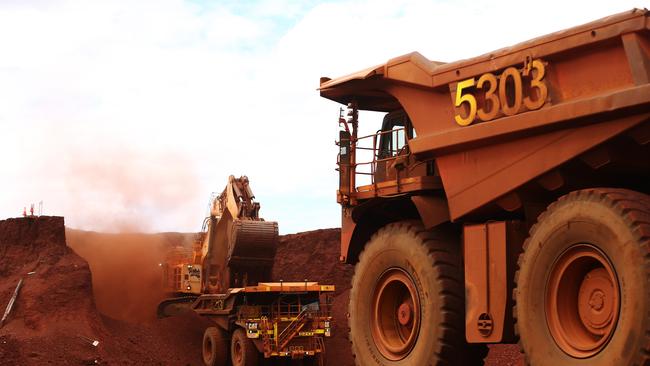
It’s the iron that gives the Pilbara its incredible beauty and its immense wealth. Across millions of years, the rich mineral content has stained almost every rock and speck of sand with the distinctive rust red that makes the West Australian region so instantly distinguishable.
The iron’s hardness also has given the ancient land its captivating topography, helping forge the distinctive gorges, gullies and ridges throughout the Pilbara’s interior.
As such the Pilbara is equally rich in iron ore — which has made tracts of the Pilbara some of the most valuable land on earth, sustaining the lion’s share of Australia’s exports — and human history, offering artefacts and evidence of indigenous habitation in the caves and overhangs pockmarked throughout those formations that pre-date the Ice Age.
There has been a long-running but, until now, mostly ignored trade-off between those economic and cultural values. It has been brought into sharp relief in recent weeks by the furore over Rio Tinto’s destruction of 46,000-year-old Aboriginal heritage sites.
The debate also has spread to Rio’s fellow Pilbara miners, such as BHP and Fortescue Metals Group, each of which has sought and secured government approval to destroy more sites to make way for mines. The drama has left Ben Wyatt, one of Western Australia’s most senior politicians, in an uncomfortable position. As WA’s Treasurer, he knows acutely the financial importance of mining to the state. As Aboriginal Affairs Minister, and as an indigenous man, he also has a deep understanding of the cultural complexities, Australia’s problematic history of managing land rights, and the flaws of the heritage system. He has long been a passionate advocate for self-determination among indigenous people although he is adamant that the legal mechanisms that gave Rio Tinto the right to blow up the caves — namely section 18 of the Aboriginal Heritage Act — need to be completely overhauled.
Wyatt is highly critical of what he says is the paternalism among many white critics of the deals between mining companies and indigenous groups who have surfaced amid the outrage over Rio Tinto’s decision to detonate the two caves at Juukan Gorge. Among growing calls for the government to take more action to investigate the circumstances around the caves’ destruction, Wyatt maintains he wants the government to get out of the way and let indigenous groups negotiate deals of their own.
“There appears to be an underlying current to some recent commentary that traditional owners are simple and unsophisticated managers of their lands who don’t fully understand what’s best for them and their people. I don’t subscribe to that view,” Wyatt tells The Australian.
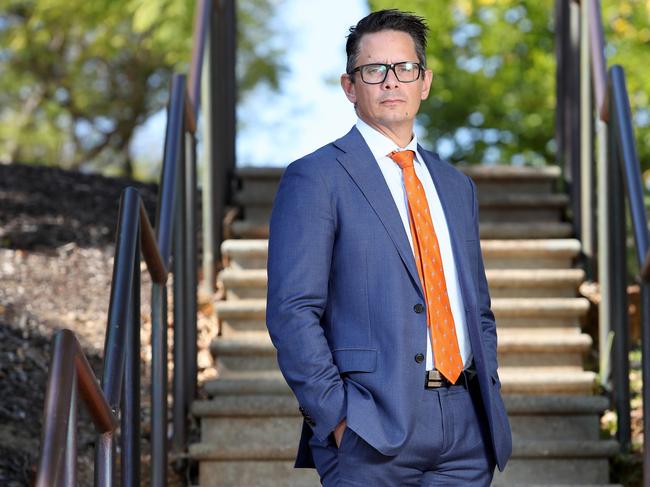
“It’s nearly 30 years since we recognised traditional owners’ rights over their own lands. While it may be challenging for some people when Aboriginal people exercise those rights, I support this long-awaited process of self-determination.”
Generations have left their mark at tens of thousands of sites across the Pilbara, which is more than twice the size of Victoria, across tens of thousands of years. The significance of those sites to indigenous culture and in their archaeological value varies greatly.
For years the traditional owners of the Pilbara have willingly entered into agreements that, while touted through press releases as examples of empowerment, co-operation and mutual benefit, effectively boil down to the trading of land and cultural sites for mining industry money.
Often criticised as an invidious bargain, these transactions have been sanctioned through law and have brought money and autonomy to indigenous groups.
The Rio affair
The Juukan Gorge controversy has fed into all the worst tropes about the mining industry and indigenous groups — that mining companies are run by cigar-smoking, monocled fat cats who will blow up anything for a dollar, and who take advantage of naive indigenous groups that are suckered into selling their heritage in exchange for glass beads.
The reality is far more complex. Mining companies, which engage with indigenous Australians more than almost any other industry, have taken extensive steps to turn their engagement with indigenous groups from a box-ticking exercise into a real part of their culture and a point of company pride. It was just over a year ago that BHP and Rio Tinto publicly endorsed the Uluru Statement from the Heart, a position in direct contradiction with the government’s stance at the time.
So what went wrong? Rio Tinto was given legal authority to destroy the caves through the section 18 mechanism under WA’s decades-old Aboriginal Heritage Act after an agreement signed by the Puutu Kunti Kurrama and Pinikura people with Rio.
Hundreds of such section 18 exemptions have been signed off by successive Aboriginal affairs ministers during the past seven years, including Wyatt. Those ministers act on advice from the Aboriginal Cultural Materials Committee, comprising indigenous representatives, archaeologists and anthropologists who assess each application.
Of 907 section 18 applications since 2010, only three have been rejected. Wyatt says that while the community should do what it can to preserve those sites, especially those of high significance, the reality is that a community of 2.6 million people “inevitably” will interfere with Aboriginal heritage. “We must do what we can to minimise that impact to as low as reasonably possible,” he says.
The section 18 mechanism that cleared Rio Tinto to blow up the caves has been widely criticised, including by Wyatt, but as minister he has taken a position where he will consent to section 18 only in the event there is no objection from the traditional owners. That stance saw him sign off on a section 18 exemption for BHP’s huge $US3.6bn ($5.2bn) South Flank iron ore mine just days after Juukan Gorge was destroyed.
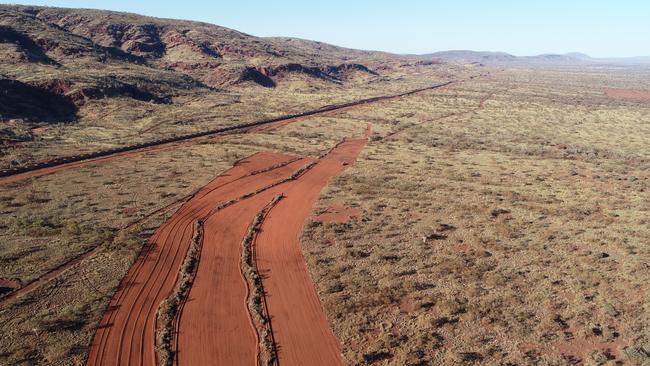
All three of the big miners say they work to avoid sites of heritage — Andrew Forrest’s Fortescue Metals Group says it has actively avoided 5000 heritage sites across its operations — but they also have been prolific applicants for section 18 exemptions. The Australian revealed last week that Fortescue has filed 25 section 18 applications since February 2018, with Rio Tinto and its subsidiaries submitting 19 applications across the same timeframe.
Despite the Rio outcry, Wyatt is adamant that agreements between miners and indigenous groups are overwhelmingly a force for good.
“These agreements can provide traditional owners with a valuable share in our nation’s economic success, which they have long been denied. Inevitably, they often accept that there will be some impact on their cultural heritage as a result. This can be a painful and contentious process with communities,” he says. “As Minister for Aboriginal Affairs I believe well-meaning third parties should not be interfering in the rights of traditional owners. Governments and other institutions have a sorry history when it comes to deciding what is in the best interests of Aboriginal people.”
Other indigenous leaders caution that such negotiations can work effectively only when the parties are on an even playing field.
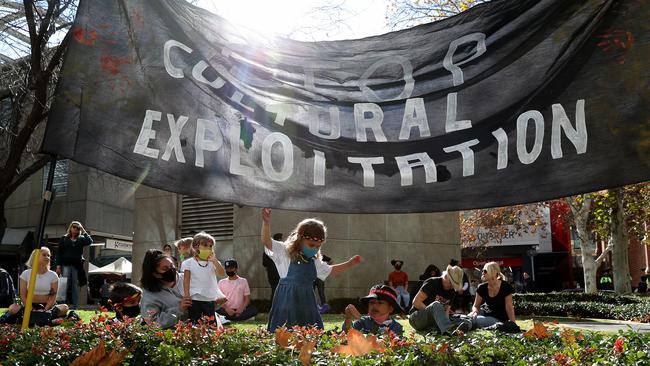
No right of appeal
The Juukan Gorge controversy has exposed a major weakness in the Aboriginal Heritage Act, namely the inability for traditional owners to appeal against a section 18 decision, even when new evidence about the significance of a site comes to hand.
The true historical significance of Juukan Gorge came to light only well after the native title agreement and the section 18 exemption were secured. In 2015, as part of Rio Tinto’s commitment to try to mitigate the impact of “unavoidable” destruction of heritage sites, the mining giant funded an archaeological dig and salvage operation at the caves. The dig unearthed about 7000 artefacts from up to 2m below the cave floor — mostly stones, sharpened pebbles and animal bones, as well as a fragment of a 4000-year-old hair belt. The significance of the site suddenly became far more apparent.
That lack of an appeal route for traditional owners looks certain to be addressed under Wyatt’s overhaul of the legislation, but that is just one factor in the imbalance between miners and indigenous groups. Those who have first-hand experience of negotiations between mining companies and indigenous groups say there is little chance of a fair outcome given the structure of the system and the respective negotiating positions of the two sides.
Wayne Bergmann, the former head of the Kimberley Land Council who also has advised numerous indigenous groups in their native title negotiations, says conditions are tilted too far in favour of the mining industry. The biggest miners, he says, have access to the toughest legal minds money can buy. It is difficult for the indigenous groups to match them for legal and advisory firepower.
Many of the Pilbara’s native title groups, Bergmann says, are swamped by the volume of claims and are getting “steamrolled” in negotiations. “There’s no such thing as a level playing field in this game. Land councils and native title groups just try to do the best they can to survive,” he says.
“You try to do the best you can, but not only are these some of the biggest companies in the world but they generally employing tier one legal firms.”
The rights of indigenous groups also are undermined by aspects of the native title system such as future acts notices, confidentiality requirements and clauses prohibiting groups from lodging objections, claims or appeals.
“It’s a process that creates duress, with the outcome of ‘if you don’t agree with us, we’re just going to take it off you anyway’,” Bergmann says.
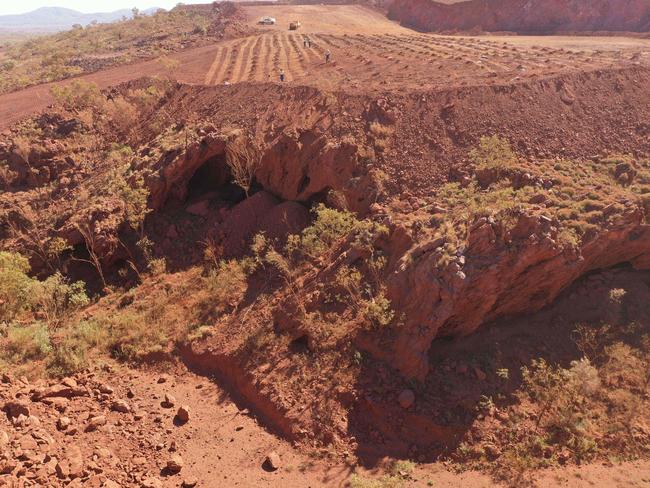
Greens senator Rachel Siewert believes the scales are tipped too heavily in favour of the mining industry. She told the Senate last week that “in Western Australia traditional owners, if they want to get some sort of compensation or payment, at a very early stage are being required to sign agreements which mean they cannot then complain. They are signing agreements before some of the archaeological work is done.”
The agreement that set the Juukan Gorge caves’ destruction in motion was signed in June 2011, when, after seven years of “extensive” negotiations, the PKKP and three other native title claim groups signed what was described as the nation’s “most comprehensive native title agreements”.
The PKKP and the three other groups, which were represented in the negotiations by the Yamatji Marlpa Aboriginal Corporation, signed agreements covering 70,000sq km of the Pilbara. The agreements covered mines including Brockman 4 — the mine whose expansion led to the detonation of Juukan Gorge — as well as future Rio Tinto mines in the areas. The announcement from Yamatji Marlpa said the agreement included “an income stream from mining on their lands, training and job opportunities, access to contracts for services for Rio Tinto and support for environmental and heritage activities”.
Big cashflows
In the subsequent decade, however, the PKKP has grown into its own stand-alone Aboriginal corporation with its own leadership and 156 registered members. The board also has turned over significantly since those original agreements were signed; in November 2018, for example, four members of the board resigned, with five new directors taking their place.
It became clear early in the saga that Rio Tinto had been working under the impression that the PKKP had understood and effectively consented to the destruction of the caves. There was the original 2011 native title agreement, with its defined mining exclusion zones; the 2013 section 18 application with the apparent consent of the PKKP; and the funded archaeological dig and salvage operation to recover any artefacts ahead of the destruction.
There was also the flow of increasingly large amounts of money to the PKKP for the mining taking place on their land.
On September 3 last year, according to accounts lodged by the PKKP, the group secured the single biggest cash injection in its history: a $3.7m transfer from the trustee that manages the millions of dollars generated through its agreements with Rio Tinto.
It meant the PKKP collected revenue last year of just under $4.2m — the equivalent of more than $20,000 for each of the 156 people registered as members of the group, and a far cry from the $311,670 in revenue recorded by the group back in 2016.
There is no doubt indigenous groups have become increasingly proactive and forthright in directly negotiating outcomes with miners and others, securing deals that allow them to gain greater control over their own future. But as demonstrated by the Juukan Gorge affair, with its reputational fallout for Rio and distress in some parts of the community, the system is far from perfect.



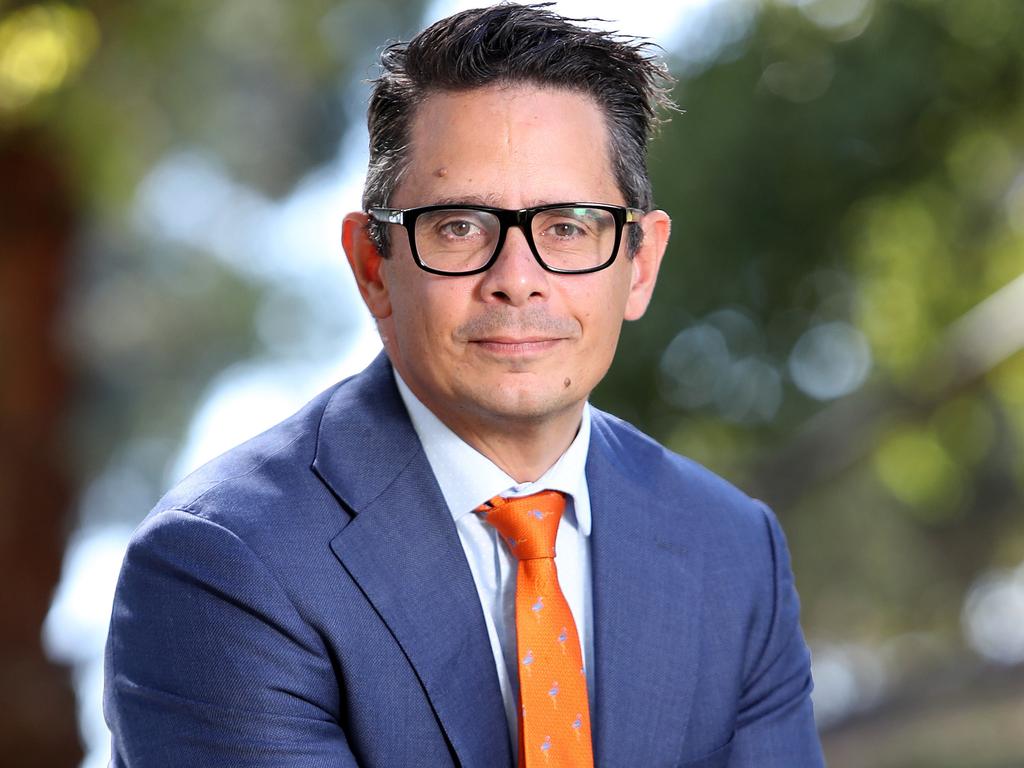
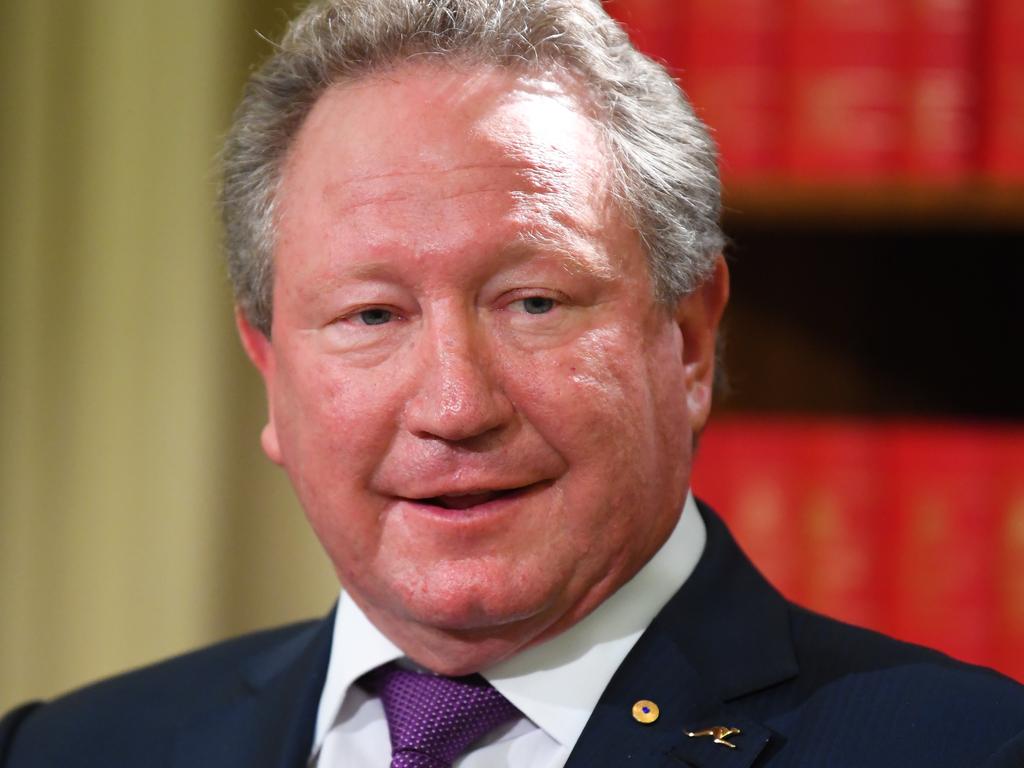
To join the conversation, please log in. Don't have an account? Register
Join the conversation, you are commenting as Logout